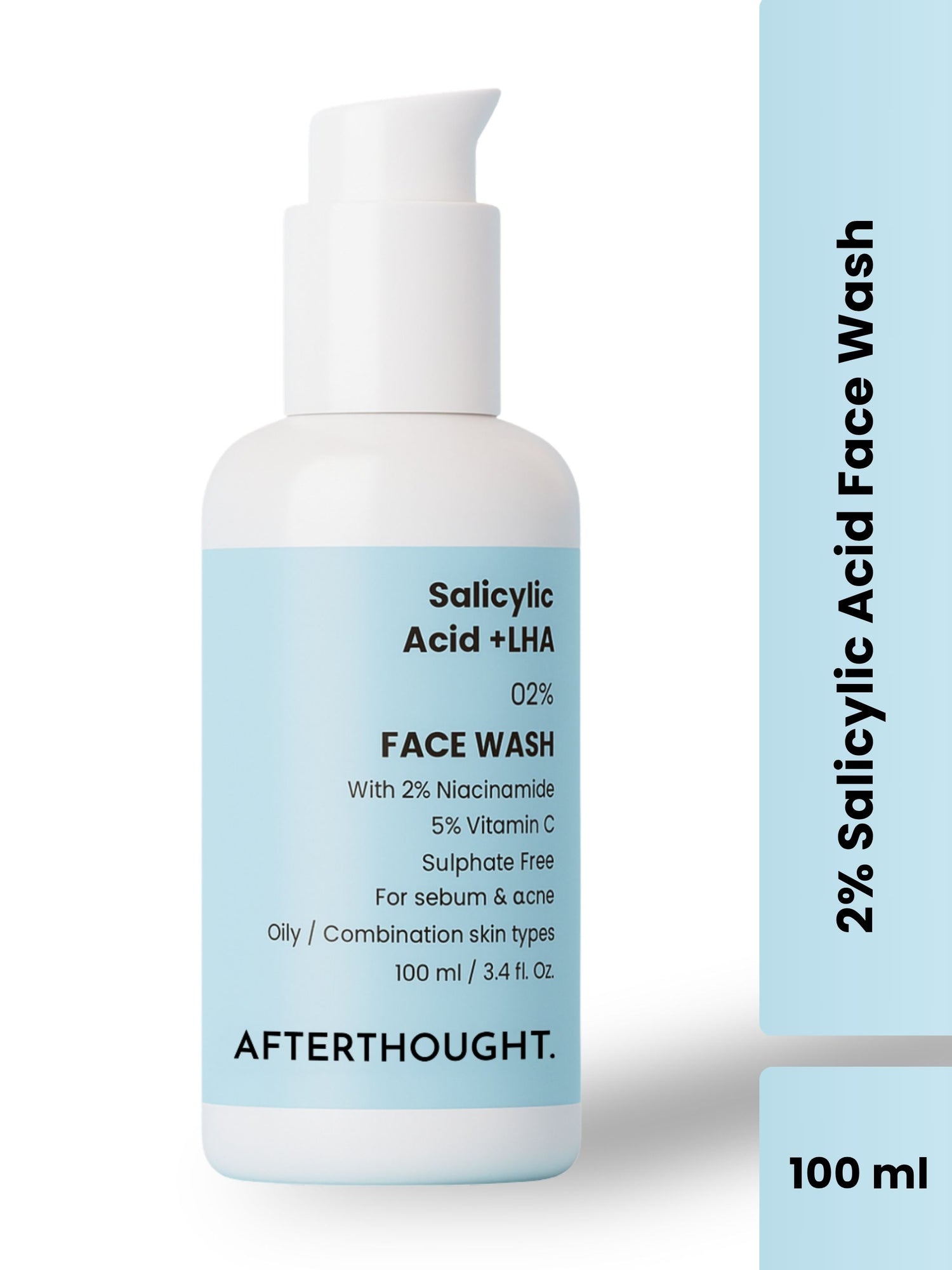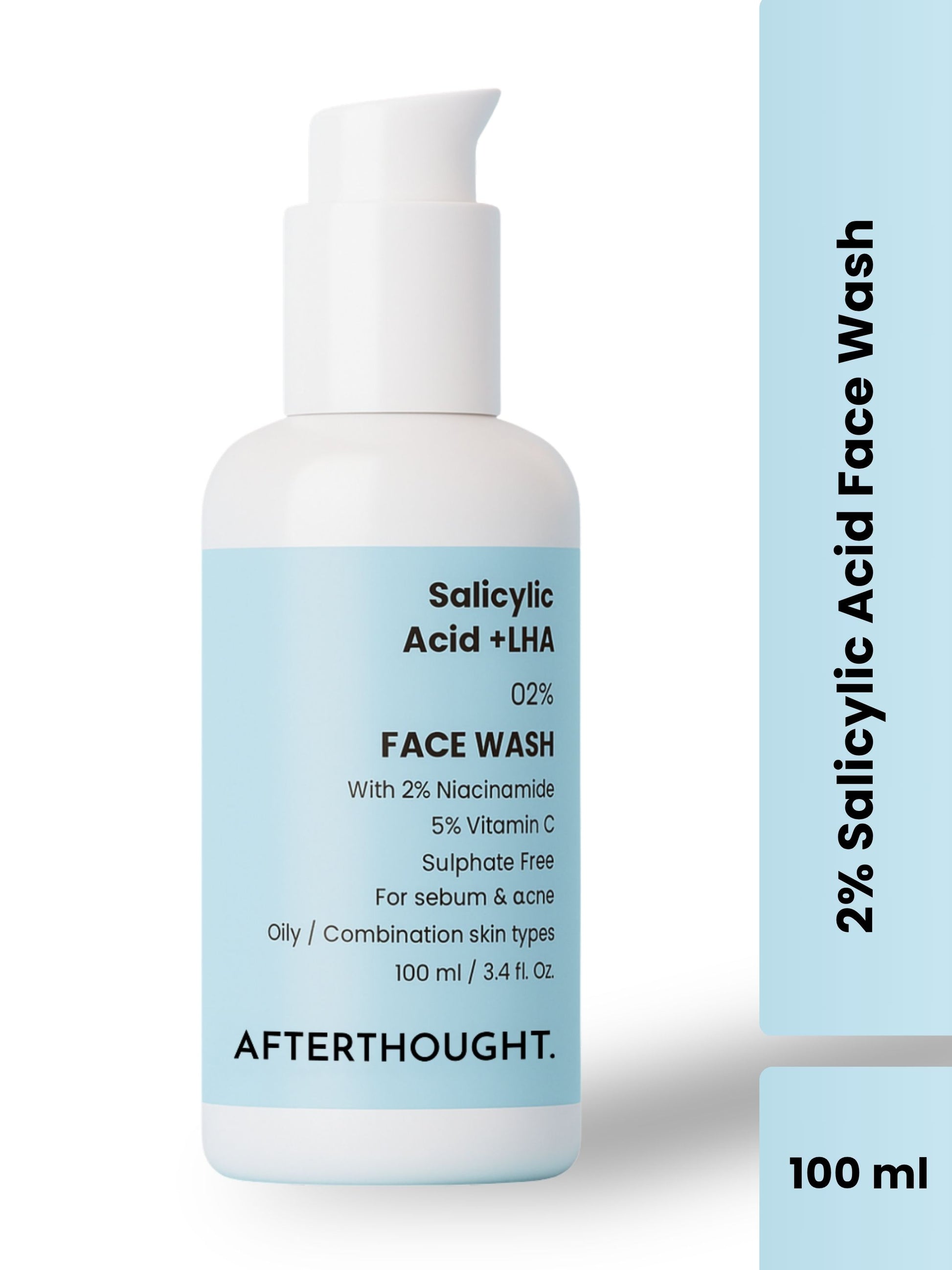Which Face Mask Is Best For Pimples?
Dealing with pimples can be a frustrating and sometimes disheartening experience. With so many products on the market, it’s easy to get overwhelmed.
One of the most effective treatments you can incorporate into your skincare routine is a face mask specifically designed to target pimples.
In this comprehensive guide, we'll explore how to choose the best face mask for pimples, focusing on ingredients, skin types, and application tips to ensure you're making the most of your skincare regimen.
Understanding Pimples: What Causes Them?
Before diving into face masks, it's crucial to understand what causes pimples. Pimples, also known as acne, are the result of clogged pores due to excess oil, dead skin cells, and bacteria.
Hormonal changes, stress, diet, and genetics can also contribute to the formation of pimples. Addressing these underlying factors is essential for effective treatment.
Key Ingredients to Look For in a Face Mask for Pimples
When searching for a face mask to combat pimples, ingredients are the most critical factor. Here are some of the most effective ingredients to look for:
Salicylic Acid
A beta-hydroxy acid (BHA) that penetrates deep into the pores to dissolve excess oil and dead skin cells. It exfoliates the skin, preventing the clogging of pores, which reduces the formation of pimples.
Benzoyl Peroxide
An antibacterial agent that kills the bacteria responsible for acne. It also helps to reduce inflammation and redness associated with pimples.
Tea Tree Oil
A natural antiseptic and anti-inflammatory ingredient. It helps to soothe the skin while targeting the bacteria that cause pimples.
Clay
Clay masks, especially those with kaolin or bentonite clay, are excellent for absorbing excess oil. They help to draw out impurities and prevent the formation of new pimples.
Sulfur
Known for its antibacterial properties, sulfur helps to reduce acne by drying out the surface of the skin and absorbing excess oil. It also helps to unclog pores.
Niacinamide
A form of vitamin B3 that reduces inflammation and redness. It helps to balance oil production and strengthen the skin's barrier.
Aloe Vera
Provides soothing and anti-inflammatory benefits. It helps to calm irritated skin and reduce redness associated with pimples.
Matching the Mask to Your Skin Type
Understanding your skin type is crucial when selecting the best face mask for pimples. Here’s a breakdown of how different masks work for various skin types:
Oily Skin
If you have oily skin, clay masks are your best bet. They help to absorb excess oil and minimize the appearance of pores. Salicylic acid masks are also effective as they penetrate deeply to exfoliate and clear out the pores.
Dry Skin
Opt for masks that contain hydrating ingredients like aloe vera or hyaluronic acid along with acne-fighting ingredients. Avoid masks with high concentrations of benzoyl peroxide or clay, as they can be too drying.
Combination Skin
Consider multi-masking, where you apply different masks to different areas of your face. Use a clay mask on your T-zone (forehead, nose, and chin) where oil is more prominent, and a hydrating mask on the drier areas.
Sensitive Skin
Look for masks with soothing ingredients like aloe vera, niacinamide, or tea tree oil. Avoid harsh exfoliants or high concentrations of benzoyl peroxide that can irritate sensitive skin.
How to Use a Face Mask for Pimples Effectively
Using a face mask correctly can make a significant difference in its effectiveness. Here are some tips to get the best results:
Cleanse First
Always start with a clean face. Use a gentle cleanser to remove any dirt, oil, or makeup before applying the mask.
Apply Evenly
Use clean fingers or a brush to apply the mask evenly across your face. Focus on areas where pimples are most common, such as the forehead, nose, and chin.
Follow Instructions
Different masks have different instructions. Some need to be left on for 10-15 minutes, while others may require longer. Always follow the instructions on the packaging.
Rinse Gently
After the recommended time, rinse off the mask with lukewarm water. Pat your face dry with a clean towel.
Moisturize
Follow up with a lightweight, non-comedogenic moisturizer to keep your skin hydrated.
Frequency
Use the mask as recommended, typically 2-3 times a week. Overuse can lead to irritation, especially with more potent ingredients like salicylic acid or benzoyl peroxide.
Additional Tips for Managing Pimples
While face masks can be a powerful tool in your acne-fighting arsenal, they should be part of a broader skincare routine. Here are some additional tips to help manage and prevent pimples:
Consistency is Key
Stick to a regular skincare routine that includes cleansing, toning, moisturizing, and spot treatments.
Avoid Touching Your Face
Hands carry bacteria that can worsen pimples. Try to avoid touching your face throughout the day.
Watch Your Diet
Some studies suggest that dairy and high-glycemic foods can contribute to acne. Consider reducing your intake of these foods.
Manage Stress
Stress can trigger hormonal changes that lead to acne. Practice stress-reducing activities like yoga, meditation, or deep breathing exercises.
Stay Hydrated
Drinking plenty of water helps to flush out toxins and keep your skin hydrated, which can reduce the likelihood of pimples.
Conclusion
Choosing the right face mask for pimples involves understanding your skin type and the ingredients that work best for you.
Incorporating these masks into a comprehensive skincare routine can help you achieve clearer, healthier skin.
Remember, consistency and patience are key when dealing with pimples, and with the right approach, you can keep breakouts at bay and enjoy a more confident complexion.
Also Read: How To Apply Charcoal Mask On Face?









